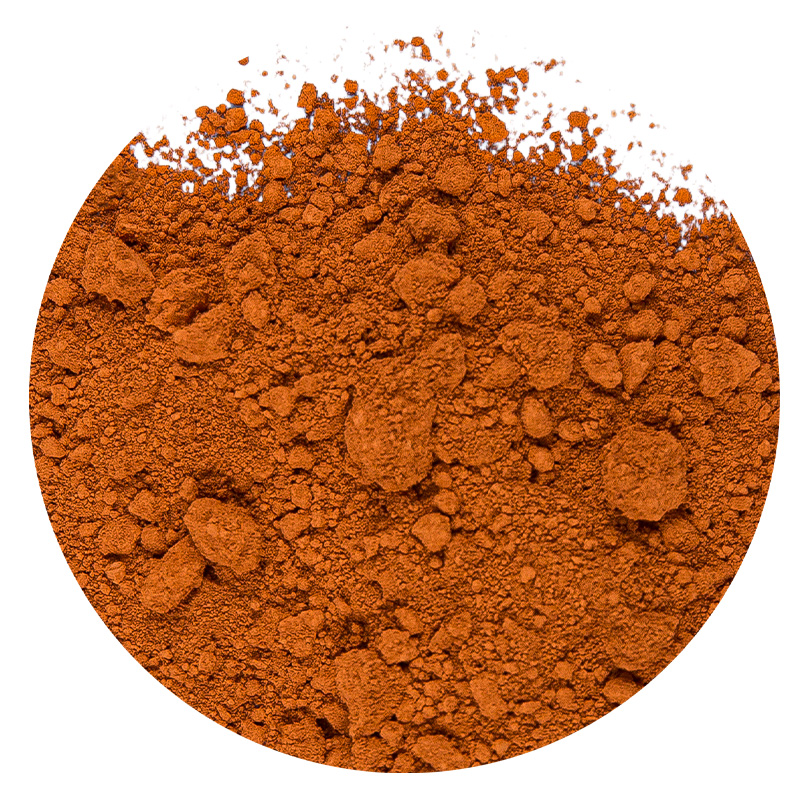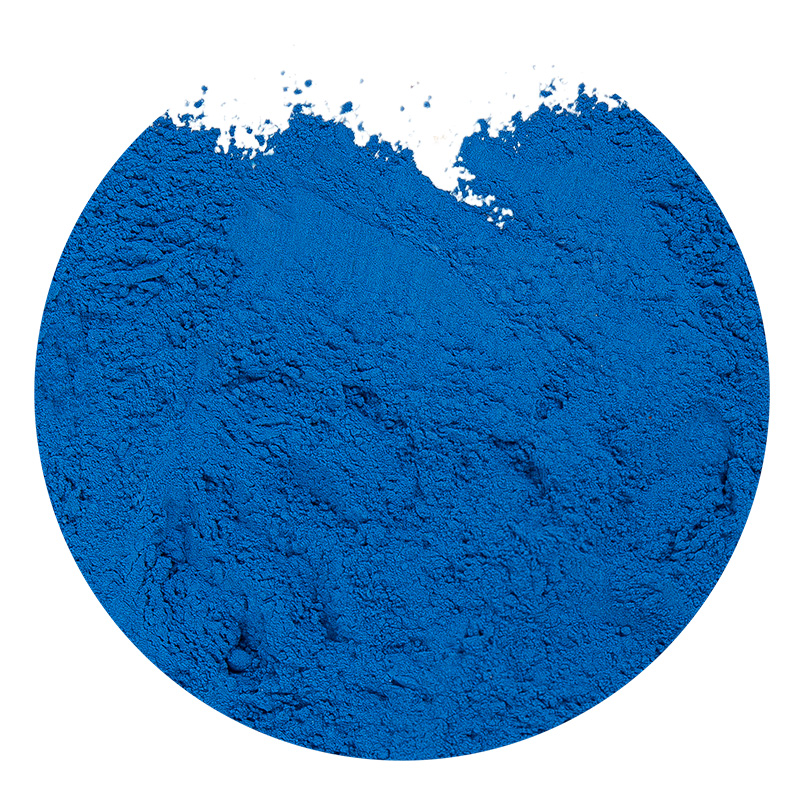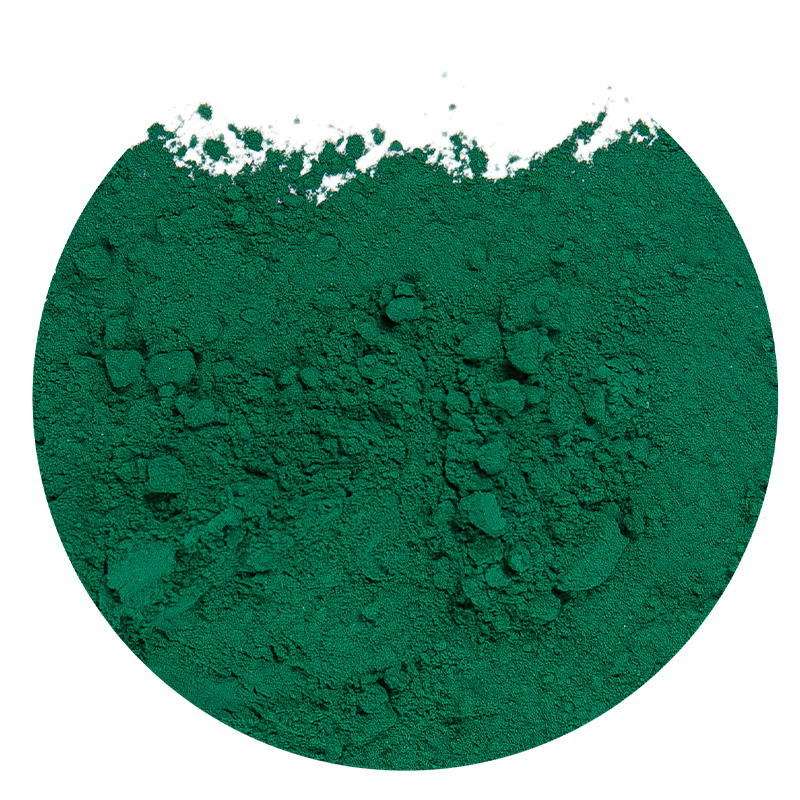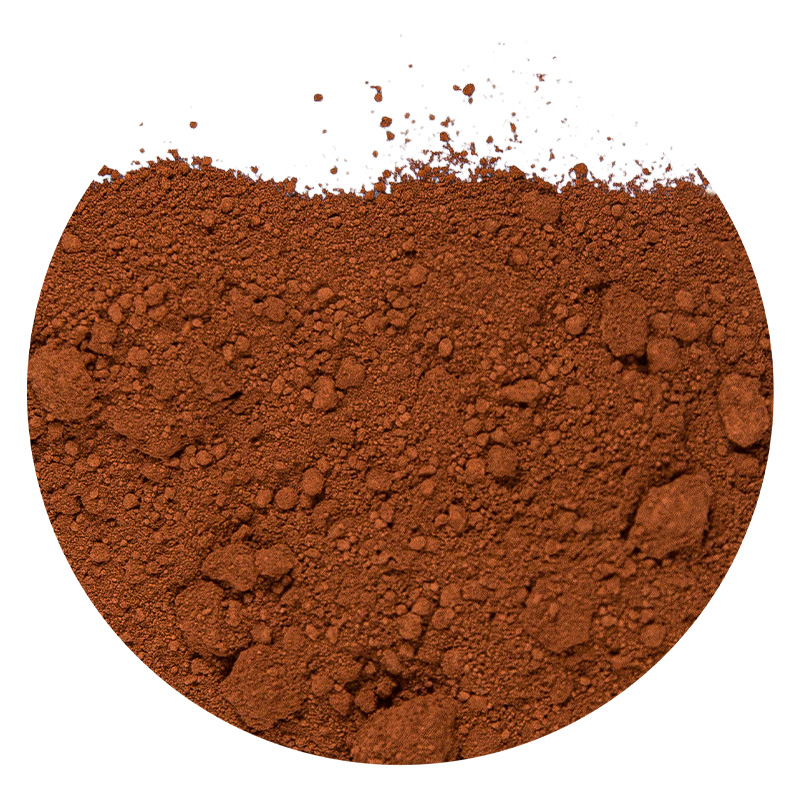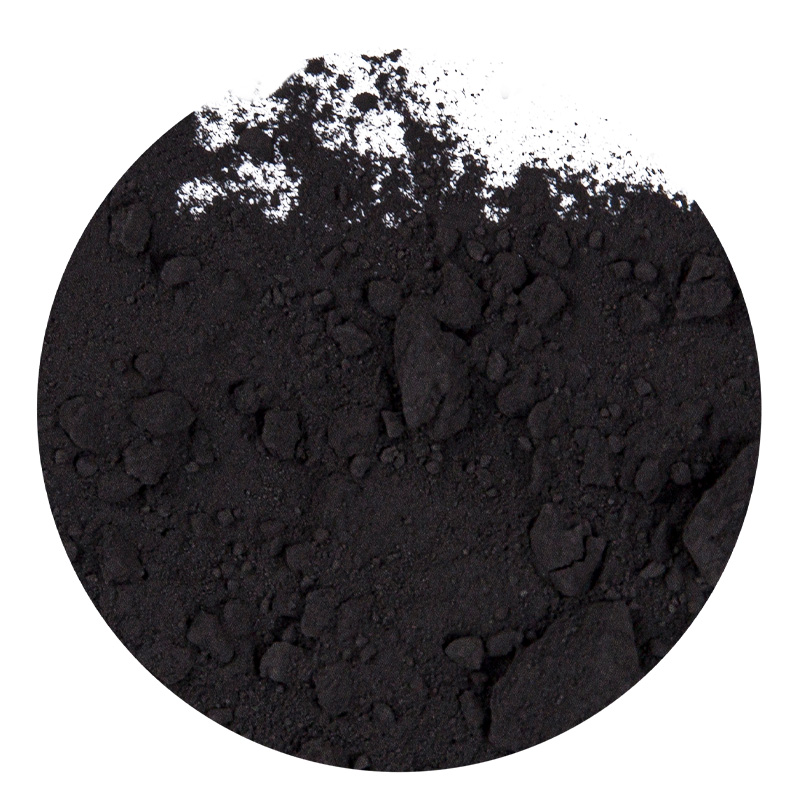The Comprehensive Guide to Iron Oxide Powder: Types, Uses, and Benefits
- 1 What is Iron Oxide Powder?
- 2 Different Types of Iron Oxide Powder
- 3 Primary Uses and Applications of Iron Oxide Powder
- 4
- 5 Key Benefits of Using Iron Oxide Pigments
- 6 How to Choose the Right Iron Oxide Powder
- 7 FAQ
- 7.1 What is the difference between natural and synthetic iron oxide powder?
- 7.2 Is iron oxide powder safe for use in cosmetics and on skin?
- 7.3 How does iron oxide pigment compare to organic pigments?
- 7.4 What is the role of iron oxide in making concrete?
- 7.5 Can iron oxide powder be used for magnetic applications?
Iron oxide powder is a ubiquitous and versatile inorganic compound, fundamental to numerous industries ranging from construction to cosmetics. This comprehensive guide delves deep into the world of iron oxide, exploring its various types, extensive applications, and the significant benefits it offers. Understanding the properties and selection criteria of iron oxide powder is crucial for manufacturers, artists, and engineers alike to achieve optimal results in their respective fields.
What is Iron Oxide Powder?
Iron oxide powder is a collective term for chemical compounds composed of iron and oxygen. They occur naturally as minerals but are also synthesized in laboratories to achieve higher purity and consistent particle size. These powders are renowned for their intense, durable coloration, chemical stability, and non-toxic nature. Their properties make them indispensable as pigments and functional materials.
- Chemical Composition: Primarily Fe₂O₃ (red), Fe₃O₄ (black), and FeOOH (yellow).
- Key Characteristics: Excellent tinting strength, high opacity, UV resistance, and thermal stability.
- Production Methods: Both natural (mined and processed from hematite or limonite) and synthetic (precipitation, thermal decomposition) processes are employed.
Different Types of Iron Oxide Powder
The specific type of iron oxide is determined by its chemical structure and the oxidation state of the iron atom. This fundamental difference dictates its color, magnetic properties, and primary applications. The three main types dominate the market, each with unique attributes.
- Red Iron Oxide (Fe₂O₃ - Hematite): The most common form, known for its rust-red hue. It is strongly magnetic and widely used in construction and coatings.
- Black Iron Oxide (Fe₃O₄ - Magnetite): Valued for its deep black color and ferrimagnetic properties, making it essential for ferrofluids and electronics.
- Yellow Iron Oxide (FeOOH - Goethite): Offers a range of yellow shades. It is often dehydrated to form red iron oxide but is also used directly for its color.
Comparative Table of Iron Oxide Types
This table provides a quick overview of the key differences between the primary types of iron oxide powders, aiding in the selection process for specific project requirements.
| Type | Chemical Formula | Primary Color | Key Property | Common Use Case |
| Red Iron Oxide | Fe₂O₃ | Red-Brown | High Stability, Non-magnetic | Concrete Coloring, Primers |
| Black Iron Oxide | Fe₃O₄ | Jet Black | Strongly Magnetic, Conductive | Magnetic Inks, EMI Shielding |
| Yellow Iron Oxide | FeOOH | Ochre-Yellow | Good Dispersibility | Pigments for Plastics, Paper |
Primary Uses and Applications of Iron Oxide Powder
The application of iron oxide powder is vast and cross-industrial. Its role extends far beyond mere coloration, often providing critical functional properties to materials. From giving color to our world to protecting it, its uses are diverse. A common query among professionals is regarding the specific applications of iron oxide powder in their industry, which we will explore below.
- Construction Industry: The largest consumer, used to permanently color concrete, paving stones, roof tiles, and mortars. It provides consistent, UV-stable color that integrates throughout the material.
- Coatings and Paints: Used in anti-corrosion primers (especially red iron oxide), industrial paints, and decorative coatings due to its excellent protective qualities and color fastness.
- Plastics and Polymers: Acts as a coloring agent and sometimes as a UV stabilizer in plastics, rubber, and PVC products, ensuring color consistency in everything from toys to automotive parts.
- Cosmetics and Personal Care: Approved by the FDA for use in cosmetics, it is a key pigment in makeup, lipsticks, and soaps. Its non-toxic nature and intense color make it ideal for this sensitive application.
Key Benefits of Using Iron Oxide Pigments
Choosing iron oxide powder over other colorants offers a multitude of advantages. These benefits are rooted in its physical and chemical properties, which provide long-term value, safety, and performance. Understanding these benefits helps in justifying its use, especially when considering benefits of iron oxide pigments for long-lasting projects.
- Exceptional Durability: Highly resistant to fading from sunlight (UV light), weathering, and chemicals, ensuring the color remains vibrant for decades.
- Non-Toxic and Safe: Chemically inert and safe for use in consumer goods, toys, and cosmetics, making it a preferred choice over some synthetic organic pigments.
- Cost-Effectiveness: Provides excellent coverage and tinting strength, meaning a small amount is required to achieve deep, opaque colors, reducing overall material costs.
- Thermal Stability: Withstands high temperatures without decomposing or changing color, which is crucial for applications in plastics processing and ceramics.
How to Choose the Right Iron Oxide Powder
Selecting the appropriate grade of iron oxide powder is critical for project success. The decision should be based on a clear understanding of the application's technical requirements, desired aesthetic, and processing methods. Factors like particle size and purity are paramount. For instance, the process of selecting iron oxide for concrete differs significantly from choosing a grade for cosmetics.
- Application Environment: Consider exposure to UV, moisture, chemicals, and abrasion. For harsh environments, synthetic oxides with higher purity are recommended.
- Color Requirements: Define the exact hue, tinting strength, and opacity needed. Synthetic pigments offer more consistent and brighter colors than natural ones.
- Particle Size and Distribution: Finer powders provide better dispersion and gloss in paints and plastics, while coarser grades may be suitable for concrete.
- Regulatory Compliance: Ensure the grade meets relevant safety standards for your industry, such as FDA for cosmetics or ASTM for construction materials.
Technical Specifications to Consider
Beyond color, several technical specifications dictate the performance of the powder in your formulation. Ignoring these can lead to processing issues or product failure.
- Oil Absorption: Impacts the viscosity and flow of paints and plastics.
- pH Value: Can affect the stability of the entire formulation, especially in water-based systems.
- Heat Stability: A critical factor for polymers processed at high temperatures.
FAQ
What is the difference between natural and synthetic iron oxide powder?
Natural iron oxide powder is mined from mineral deposits (e.g., hematite, limonite) and processed to remove impurities. It typically contains a wider range of trace elements, leading to more variation in color and lower purity. Synthetic iron oxide, manufactured through controlled chemical processes like precipitation or calcination, offers superior consistency, brighter and purer colors, and higher tinting strength. While natural oxides are often more economical, synthetic grades are preferred for applications requiring precise color matching and high performance.
Is iron oxide powder safe for use in cosmetics and on skin?
Yes, specific grades of iron oxide powder are extensively used in cosmetics and are considered very safe for topical application. They are approved by regulatory bodies worldwide, including the U.S. FDA, for use as color additives. These cosmetic-grade pigments are rigorously tested and processed to ensure they are free from heavy metal contaminants like lead and arsenic. Their inert nature means they do not react with the skin, making them a staple in foundations, eyeshadows, blushes, and other makeup products.
How does iron oxide pigment compare to organic pigments?
Iron oxide pigments (inorganic) and organic pigments offer different sets of advantages. Iron oxides excel in durability, weatherability, UV resistance, opacity, and thermal stability. They are also generally more economical and non-toxic. Organic pigments, on the other hand, provide much brighter, more vibrant colors and a wider range of shades but often suffer from poorer lightfastness and higher cost. The choice depends on the application: iron oxides for longevity and exposure (e.g., construction, coatings), organics for brilliance where exposure is limited (e.g., indoor printing).
What is the role of iron oxide in making concrete?
In concrete, iron oxide powder acts as a permanent integral colorant. Unlike surface coatings or stains, it is mixed directly into the concrete batch, coloring the entire mass uniformly. This ensures the color will not peel, flake, or fade significantly over time, even under heavy traffic and weathering. The process of selecting iron oxide for concrete involves choosing grades with the right particle size for uniform dispersion and color strength to achieve the desired shade, from earthy reds and browns to blacks and yellows.
Can iron oxide powder be used for magnetic applications?
Absolutely. Black iron oxide (Fe₃O₄, magnetite) possesses ferrimagnetic properties, meaning it is strongly attracted to magnets and can be magnetized itself. This makes it invaluable for a range of magnetic uses for iron oxide. It is a key component in the production of magnetic inks for check printing, magnetic recording media, ferrofluids, and as a core material in electronics for transformers and inductors. Its magnetic properties are directly influenced by its particle size and shape, which are carefully controlled during synthesis.

 English
English عربى
عربى русский
русский Español
Español